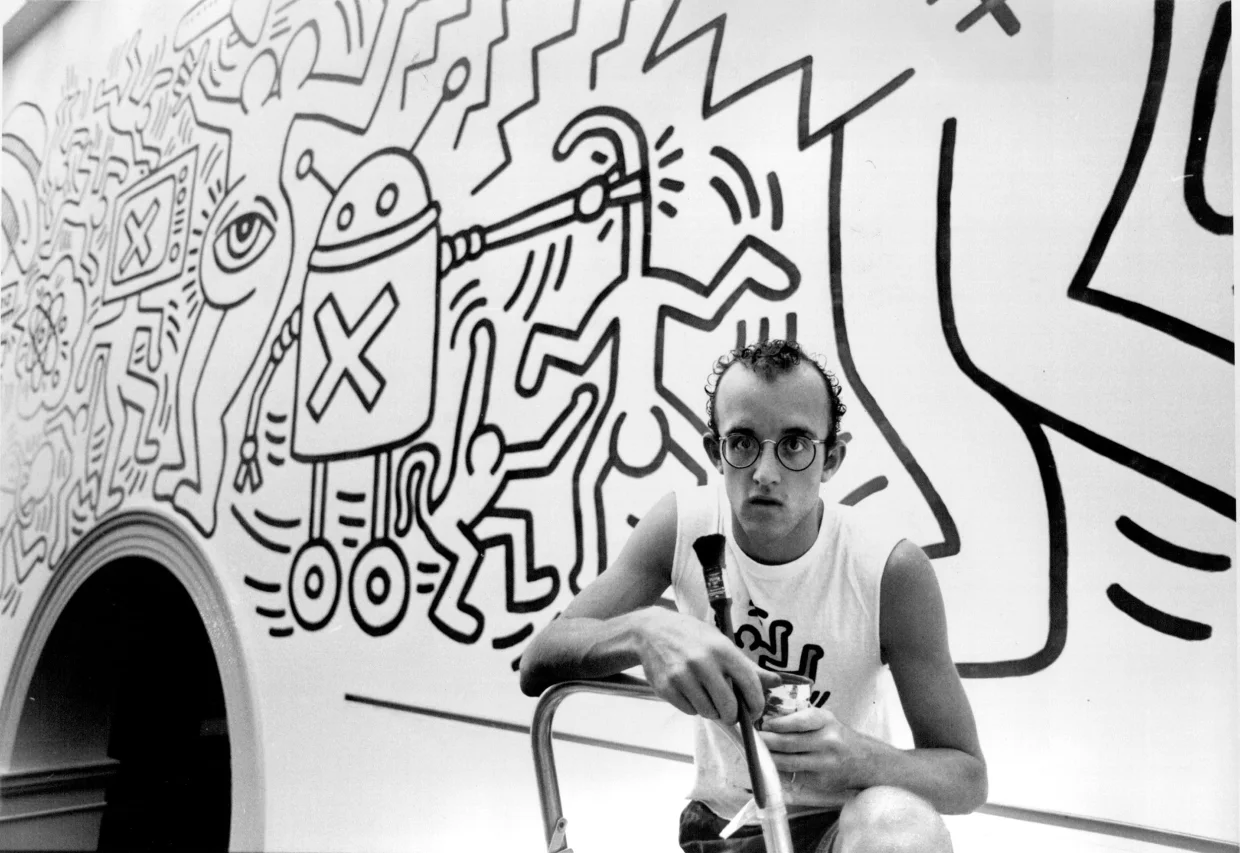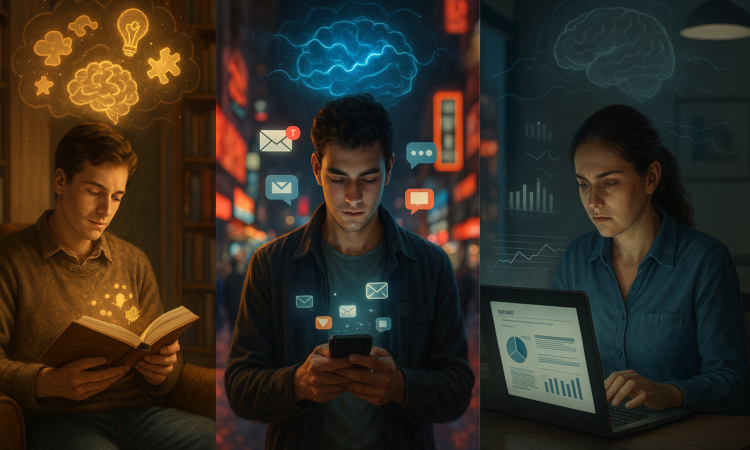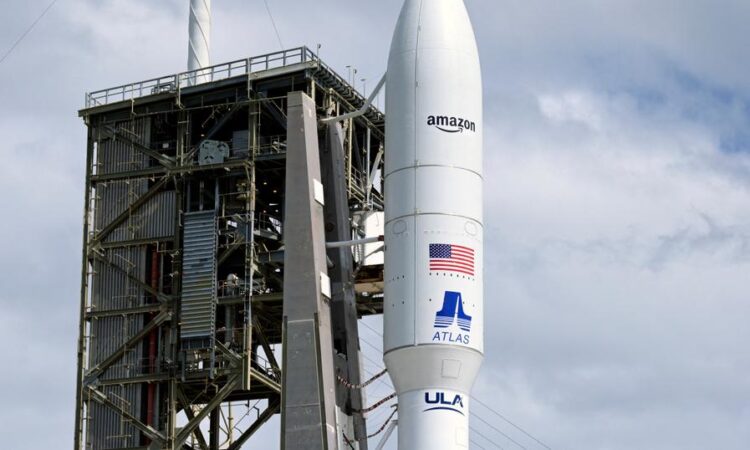“AI Altered Keith Haring Painting: Unleashing Chaos and Controversy”

In the digital art realm, a storm has been brewing over an unexpected perpetrator – generative AI. The recent transformation of Keith Haring’s iconic ‘Unfinished Painting’ has ignited fury and ethical debates among art enthusiasts and creators.
It all started when artist Brooke Peachley poured her heart out about Haring’s painting on social media, underscoring the lasting impact it made on viewers. Fueled by empathy and a desire to honour the late artist, a social media user known as Donnel took it upon themselves to step in. Using AI technology, they “completed” Haring’s unfinished masterpiece, leaving the online community in shock and dismay.
The original ‘Unfinished Painting’ carries significant historical and social value, serving as a poignant testament to the AIDS crisis and the tragic loss of lives that came with it. By purposefully leaving parts of the artwork incomplete, Haring aimed to convey the abrupt endings endured by countless individuals affected by the epidemic. However, the AI-altered version of the painting has somewhat brushed aside this profound message, diluting its impact and significance.
Disappointment and disapproval rang out across social media, with users expressing their discontent at the unauthorized modification of a revered artwork. Some decried the act as a violation of artistic integrity, while others denounced it as a disrespectful reimagining of Haring’s poignant social commentary.
Furthermore, the controversy surrounding the AI alteration has sparked ethical concerns regarding the use of artificial intelligence in the art world. Questions have surfaced about the ethical implications of using AI to complete an artist’s unfinished work and the potential insensitivity towards individuals affected by the subject matter.
This recent debacle is part of a broader conversation about the intersection of AI and artistic expression. Artists and creators have become increasingly vocal about the need for a more regulated and ethical use of AI, particularly in relation to copyright and consent. The mounting pressure for regulatory frameworks underscores the ongoing struggle for artistic autonomy in the digital age, as AI continues to encroach upon the traditional domains of creativity and expression.
The controversy over Haring’s altered painting serves as a stark reminder of the ethical dilemmas and challenges brought about by the integration of AI technology in artistic processes. As we move forward, it is crucial that we carefully navigate the shifting landscape of digital art, with a deep understanding of the impact and implications of AI on artistic integrity and expression. Only then can we safeguard the legacy of revered artists and the profound messages woven into their timeless creations.




